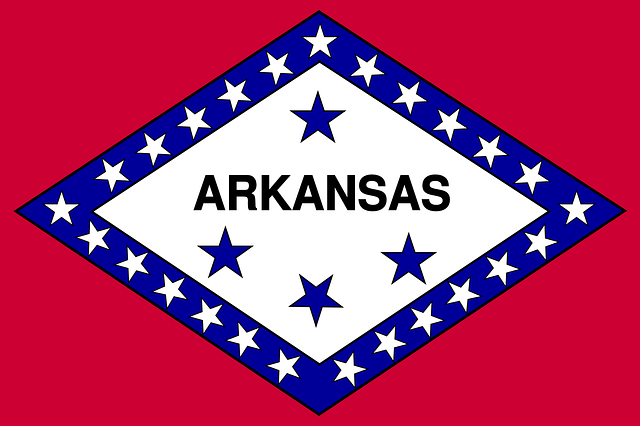Share This Article:

Do You Know the Rule?
The main category of compensable injury in Arkansas occurs as a result of a “specific incident.” Claimants have to establish four elements to succeed on such a claim.
How does a claimant establish a specific incident injury?
The claimant must show that
- The injury arises out of, and in the course of employment (claimant injured his knee while lifting boxes as part of his delivery duties for a package delivery service);
- The injury caused internal or external harm to the body (claimant burned his hand on the stove while frying food at the restaurant where he worked as a chef);
- The injury was caused by a specific incident and is identifiable by time and place of occurrence (example: claimant fell on a snow-covered parking lot of the police department where he worked at approximately 4:35 p.m. on January 14, 2025).
- There exists medical evidence supported by objective findings (an MRI showing a bicep tear bolsters the claimant's contention that he strained his bicep lifting boxes in the warehouse where he worked).
What are the other categories of compensable injuries?
There are three exceptions to the specific incident requirement, essentially creating three other categories of injuries:
- Rapid repetitive motion injuries, including carpal tunnel;
- Gradual on-set back injuries; and
- Hearing loss.
These three injuries are compensable only in those cases in which the resultant condition is the "major cause" of the need for treatment and/or disability or death. Major cause means more than 50 percent of the cause.
What does “arising out of” mean?
This refers to the cause of the accident. An injury arises out of employment if the employee is carrying out the employer’s purpose or advancing the employer’s interests (directly or indirectly).
What does “in the course of” mean?
This refers to the time, place and circumstances of the accident. The accident must occur within the time (work hours) and space boundaries (work place or area) of the employment.
Is aggravation of a pre-existing condition a type of specific incident injury?
Yes. This type of injury can be compensable if all four specific-incident injury elements are met for the aggravating incident .
Who has the burden to prove a specific-incident injury?
The claimant has the burden of proving the four elements of the injury by a preponderance of the evidence. Preponderance of the evidence means the evidence having greater weight or convincing force.
Case examples:
The claimant was advancing the interests of her employer at the time of her injury where she had been called in to work on her day off after being awake for 20 hours to keep watch over a suicidal patient, went to the hall to revive herself, and fell when she was trying to return to the patient’s room. Hudak-Lee v. Baxter County Reg. Hosp., 2011 Ark. 31, 378 S.W.3d 77 (Ark. 2011).
The claim for benefits for a closed head injury was not supported by medical evidence supported by objective medical findings. While the doctor thought the officer sustained a closed head injury from the fall, “his opinion was based on a multitude of subjective factors, such as headaches, blurred vision, and memory loss, the reporting of which can come under the voluntary control of the patient.” City of Conway v. Ellis, No. CV-24-636 (Ark. Ct. App. 05/28/25).
What are some tips for employers and insurance carriers addressing such claims?
Determine whether there is objective medical evidence. The mere opinion of a claimant about the cause of his injuries is not sufficient.
Consider how much time the doctor spent with the patient and if the doctor’s reports rely on the patient’s subjective opinions or are based on the results of testing or other objective medical data.
Assess whether the worker was engaging in his job duties or otherwise benefiting his employer at the time of the injury.
AI california case file caselaw case management case management focus claims compensability compliance compliance corner courts covid do you know the rule exclusive remedy florida glossary check Healthcare hr homeroom insurance insurers iowa kentucky leadership medical NCCI new jersey new york ohio pennsylvania roadmap Safety safety at work state info tech technology violence WDYT west virginia what do you think women's history women's history month workers' comp 101 workers' recovery Workplace Safety Workplace Violence
Read Also
About The Author
About The Author
- Chris Parker
More by This Author
Read More
- Dec 10, 2025
- Liz Carey
- Dec 10, 2025
- Chris Parker
- Dec 10, 2025
- Frank Ferreri
- Dec 10, 2025
- NCCI
- Dec 09, 2025
- Anne Llewellyn
- Dec 08, 2025
- Chris Parker




